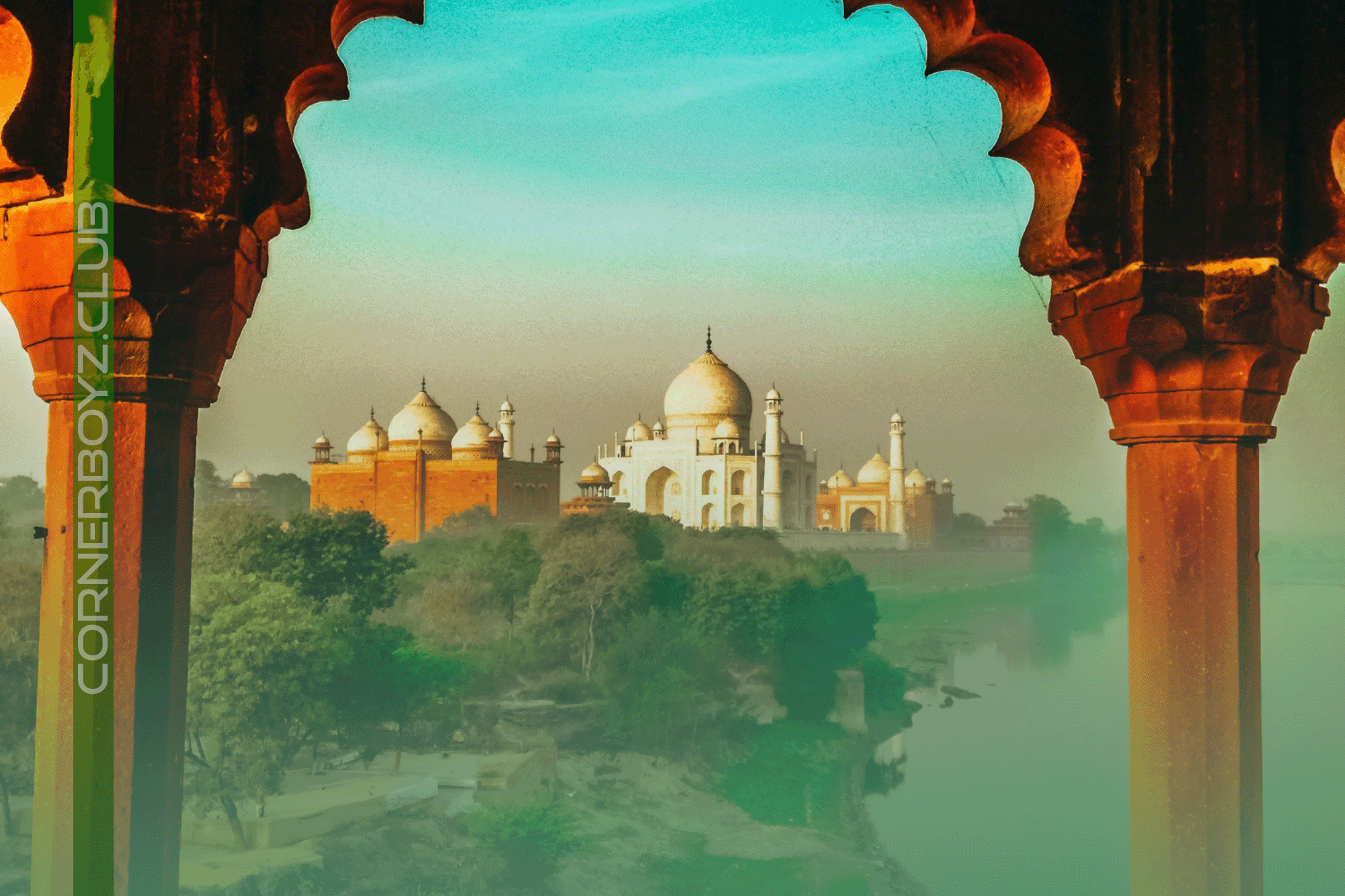
Cannabis has a long and continuous history in India.
Cannabis has a long history in India, veiled in legends and religion. The earliest mention of cannabis has been found in The Vedas, or sacred Hindu texts. These writings may have been compiled as early as 2000 to 1400 B.C.
According to The Vedas, cannabis was one of five sacred plants and a guardian angel lived in its leaves. The Vedas call cannabis a source of happiness, joy-giver, liberator that was compassionately given to humans to help us attain delight and lose fear (Abel, 1980). It releases us from anxiety.
The god, Shiva is frequently associated with cannabis, called bhang in India. According to legend, Shiva wandered off into the fields after an angry discourse with his family. Drained from the family conflict and the hot sun, he fell asleep under a leafy plant. When he awoke, his curiosity led him to sample the leaves of the plant. Instantly rejuvenated, Shiva made the plant his favorite food and he became known as the Lord of Bhang. Here's an Indian painting of Shiva drinking bhang.
During the Middle Ages, soldiers often took a drink of bhang before entering battle, just as Westerners took a swig of whiskey. One story tells of the Sikh leader, Gobind Singh's soldiers being scared by an attacking elephant with a sword in his trunk. Terrified, the men nearly mutinied until Singh gave one courageous man a mixture of bhang and opium. The herbs gave him the strength and agility to slip under the elephant from below and kill him without endangering himself. This act of courage led Singh's men to victory over the enemy.
Cannabis has been popular in India since the beginning of recorded history and is often taken as a drink. Nuts and spices, like almonds, pistachios, poppy seeds, pepper, ginger, and sugar are combined with cannabis and boiled with milk. Yogurt is also used instead of milk. For a demonstration of the preparation of bhang, follow this link from the Travel Channel.
Bhang is also rolled and eaten in small balls. Bhang is about the strength of Western marijuana. Because milk contains fat, mixing cannabis with milk is an effective means of extracting THC but ingesting marijuana takes longer to feel the effects and is less consistent.
Other preparations of cannabis in India include ganja and charas. Stronger than bhang, ganja is made from the flowers and upper leaves of the female plant. Charas is the strongest preparation and is made from blooming flowers. Similar in strength to hashish, charas contains a lot of resin. Both are smoked in an earthenware pipe called a chillum. The pipe is usually shared among two to five people, making smoking a communal activity.
The British found the use of cannabis so extensive in colonial India that they commissioned a large scale study in the late 1890s (Iverson, 2008). They were concerned that the abuse of cannabis was endangering the health of the native people and driving them insane. The British government asked the government of India to appoint a commission to look into the cultivation of the hemp plant, preparation of drugs from it, trade in those drugs, the social and moral impact of its consumption, and possible prohibition.
Over 1,000 standardized interviews were conducted throughout India by eminent British and Indian medical experts. The commission was systematic and thorough. It sampled a large and diverse group of people in a range of situations, from farmers to hospital psychiatrists.
After years of detailed work, The Indian Hemp Drugs Commission Report produced six volumes of data and conclusions. Commissioners were particularly concerned with whether or not cannabis caused psychoses. After years of through and well-conducted research, The Commission concluded that suppressing the use of herbal cannabis (bhang) would be totally unjustifiable. They concluded that its use is very ancient, has some religious sanction among Hindus, and is harmless in moderation. In fact, more harm was done by alcohol.
Furthermore, prohibition would be difficult to enforce, encourage outcries by religious clerics, and possibly lead to the use of more dangerous narcotics. These findings of The Indian Hemp Drugs Commission Report of 1894, conducted over 100 years ago, are surprisingly relevant today.
Cannabis continues to be available in India of the 20th and 21st centuries. In their review in the mid-fifties, Chopra and Chopra (1957) found little changed since the Indian Hemp Drugs Commission Report of 1894. Construction workers use bhang to feel refreshed at the end of the day and to fight fatigue. Hindus use bhang for religious ceremonies like Holi and ascetics use it to seek divinity. Sadhus are Indian ascetics who have shunned material life and use cannabis to seek spiritual freedom. They live simply in the forest and wear ragged clothing. By emphasizing physical austerity through celibacy and fasting, cannabis helps sadhus transcend ordinary reality and achieve transcendence.
Today, bhang is so common in some parts of India that it can be found in government-licensed street stands. In sum, the herbal plant, cannabis, has a long and continuous history in India. It has lived for thousands of years in stories of gods and warriors and it continues to live today in religious ceremonies and street stands.
Source: Jann Gumbiner Ph.D. – psychologytoday.com